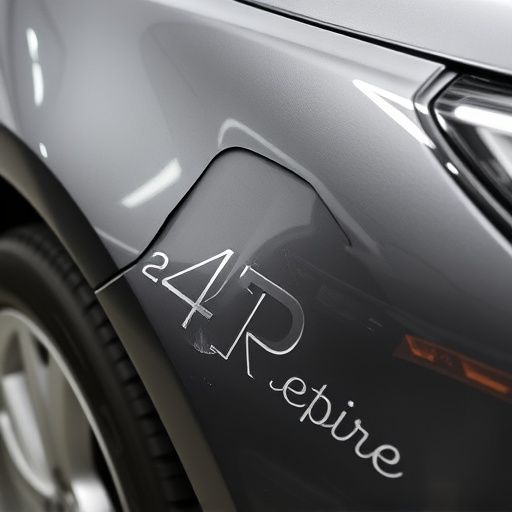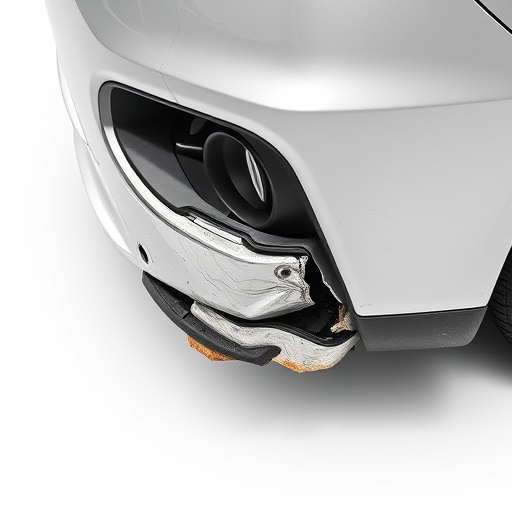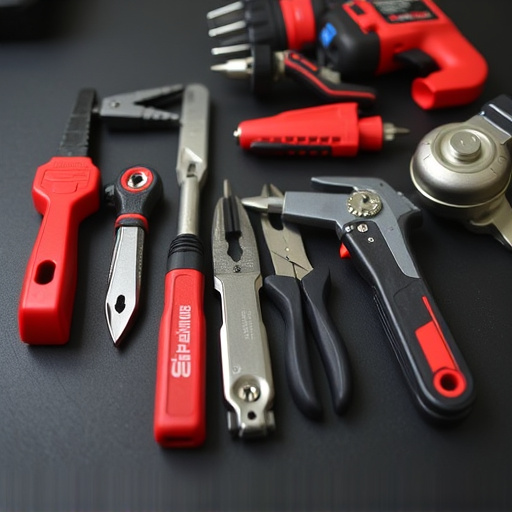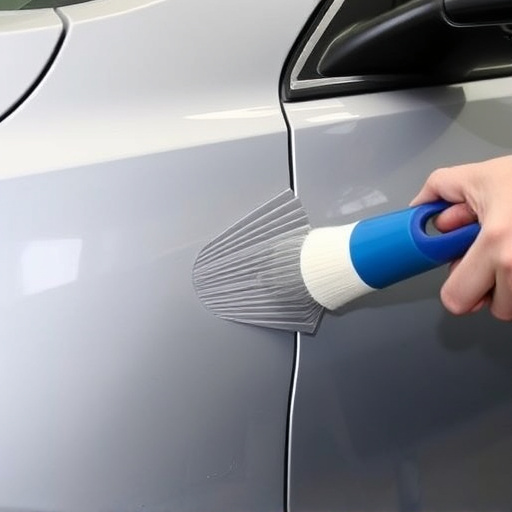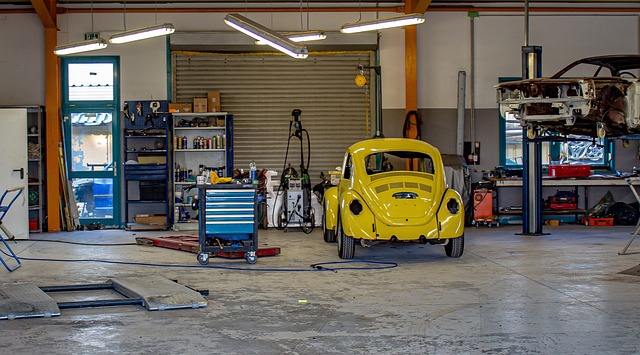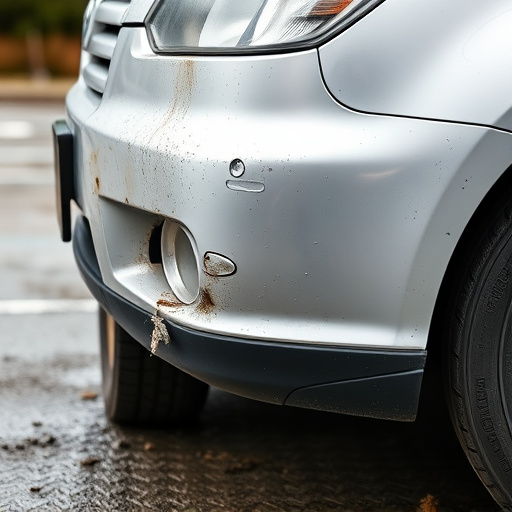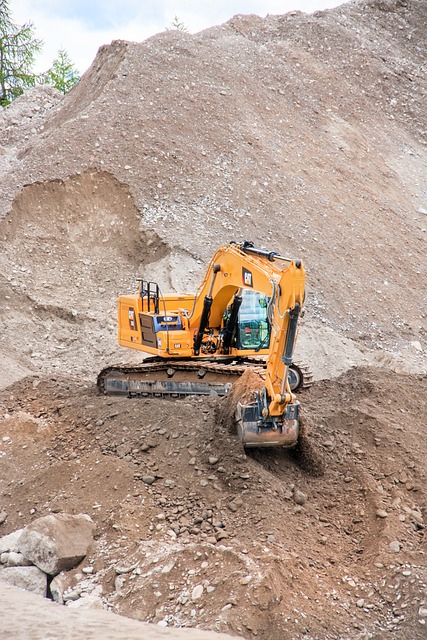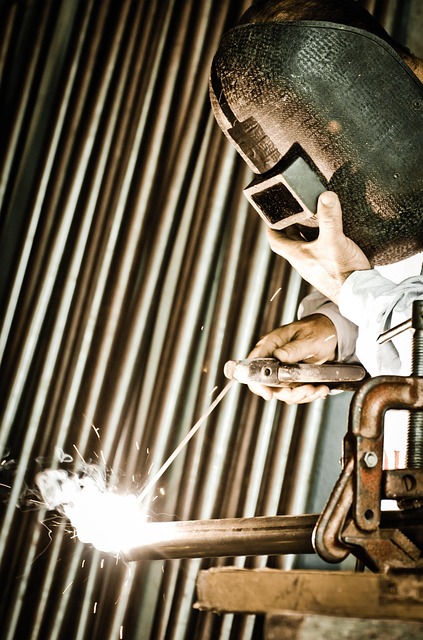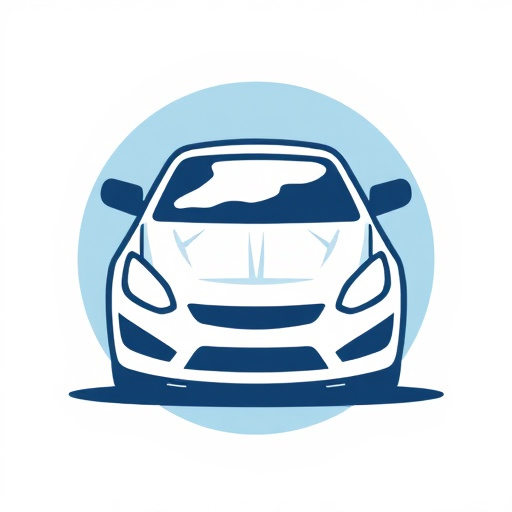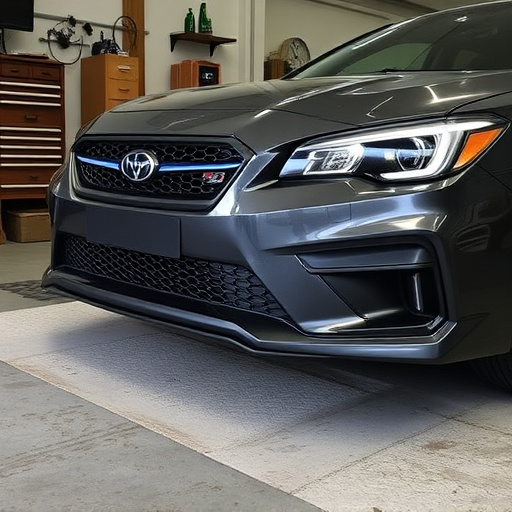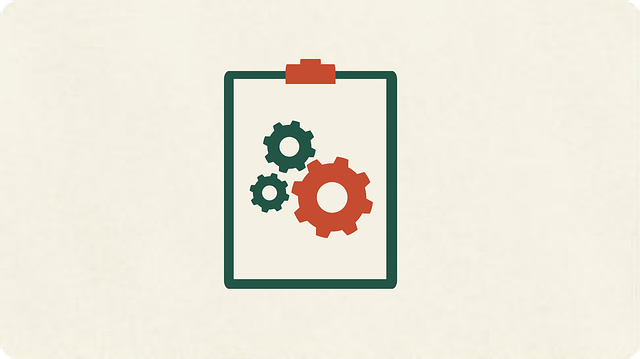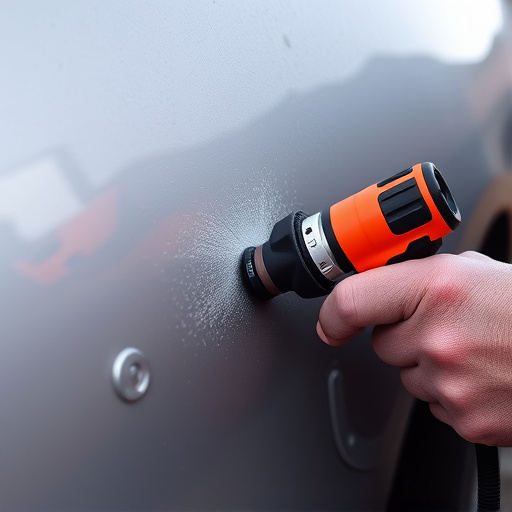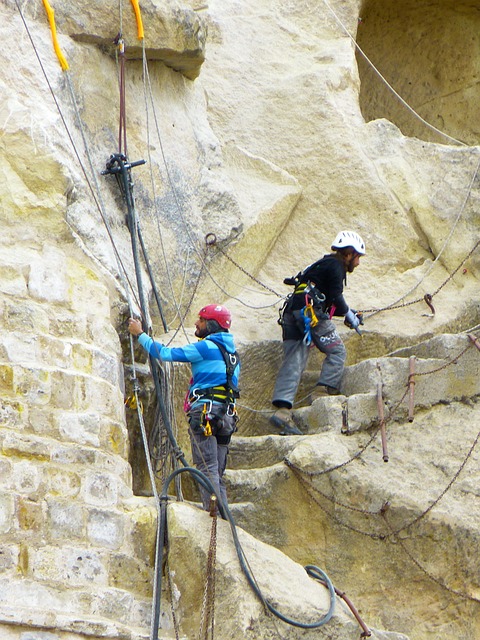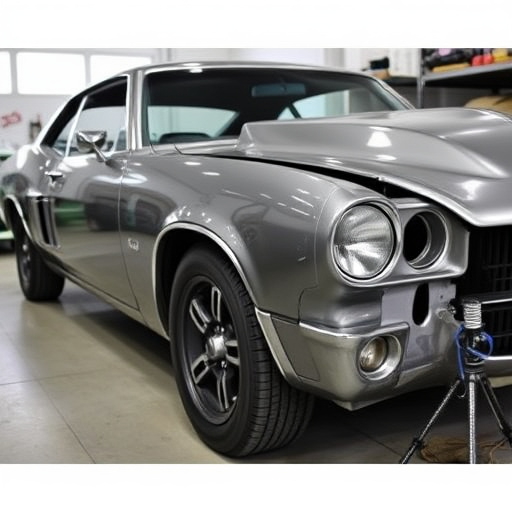Mercedes Distronic Calibration is a vital process for automotive service centers, especially those repairing high-end vehicles like Mercedes, to mitigate post-repair liability risks. Accurate calibration ensures the optimal performance and safety of advanced driver assistance systems (ADAS), which can be compromised by misalignment after repairs such as dent work or auto body painting. Proper Distronic calibration not only protects drivers but also safeguards against legal issues, enhancing customer satisfaction and trust in repair centers' due diligence.
Mercedes Distronic calibration is a cutting-edge technology that plays a pivotal role in modern vehicle safety. This system adjusts the car’s speed and braking to maintain a safe distance from ahead, ensuring a smoother and more secure driving experience. In today’s automotive landscape, post-repair liability risks are a significant concern for service centers. Understanding Mercedes Distronic calibration can help mitigate these risks by demonstrating due care and ensuring vehicles return to the road safely after repairs.
- Understanding Mercedes Distronic Calibration and Its Role in Safety
- Post-Repair Liability Risks: A Common Concern for Automotive Service Centers
- How Distronic Calibration Mitigates Legal Exposure After Repairs
Understanding Mercedes Distronic Calibration and Its Role in Safety

Mercedes Distronic Calibration is a cutting-edge technology designed to ensure optimal performance and safety in vehicles equipped with it. This advanced system plays a pivotal role in maintaining stability and control, especially during high-speed driving conditions. By continuously monitoring and adjusting the vehicle’s speed, Distronic calibration helps to prevent accidents caused by speeding or sudden stops, thereby enhancing overall road safety.
In the context of post-repair liability risks, understanding Mercedes Distronic Calibration is crucial. Accurate calibration ensures that a vehicle’s speed control system functions as intended after repairs, including processes like auto body painting or bumper repair. Any misalignment in calibration could lead to unpredictable behavior, increasing the likelihood of accidents and subsequent legal liabilities for both repair shops and vehicle owners. Thus, proper Distronic calibration not only safeguards drivers but also provides protection against potential legal issues arising from substandard repairs, such as those involving a vehicle dent repair or auto body painting services.
Post-Repair Liability Risks: A Common Concern for Automotive Service Centers

Post-repair liability risks are a significant concern for automotive service centers, especially when it comes to high-end vehicles like Mercedes. After a repair or modification, ensuring optimal performance and safety is paramount. One such critical area is the calibration of advanced driver assistance systems (ADAS), such as Mercedes Distronic calibration. These systems play a vital role in modern cars, enhancing safety features like adaptive cruise control, lane-keeping assist, and automatic emergency braking.
When a vehicle undergoes repairs, including bumper repair, tire services, or other auto collision center procedures, the precision of these ADAS components must be rechecked. Inaccurate calibration can lead to unpredictable behavior, compromising both the driver’s safety and the vehicle’s overall performance. Therefore, automotive service centers must prioritize proper Mercedes Distronic calibration to mitigate post-repair liability risks and ensure customer satisfaction.
How Distronic Calibration Mitigates Legal Exposure After Repairs

Mercedes Distronic Calibration plays a pivotal role in mitigating legal exposure for collision repair centers and auto painting shops. After a fender repair or any significant auto body work, precise calibration ensures that the vehicle’s advanced driver-assistance systems (ADAS), such as adaptive cruise control and lane keeping assist, function optimally. This is crucial because improperly calibrated systems can lead to unexpected behavior on the road, potentially causing accidents and raising liability concerns.
By performing Distronic Calibration, repair centers can demonstrate due diligence in maintaining the vehicle’s safety features. It involves adjusting the sensor alignment and signal processing to match the altered geometry of the repaired vehicle. This meticulous process ensures that every component, from the cameras and radars to the software algorithms, functions harmoniously after repairs. As a result, it shields businesses from potential lawsuits related to post-repair performance issues, enhancing customer trust and safety on the road.
Mercedes Distronic calibration plays a pivotal role in ensuring vehicle safety and mitigating post-repair liability risks. By accurately calibrating the system, automotive service centers can confidently perform repairs, knowing they’ve minimized potential legal exposure. This advanced technology not only enhances driver safety but also provides peace of mind for businesses operating within the automotive industry.
